Try These 11 Palm Tree Varieties To Add A Touch Of The Tropics To Your Garden
If you fancy growing a statuesque palm but don’t know which one to choose, don’t panic. These palm tree varieties can help you add some tropical flair to your yard
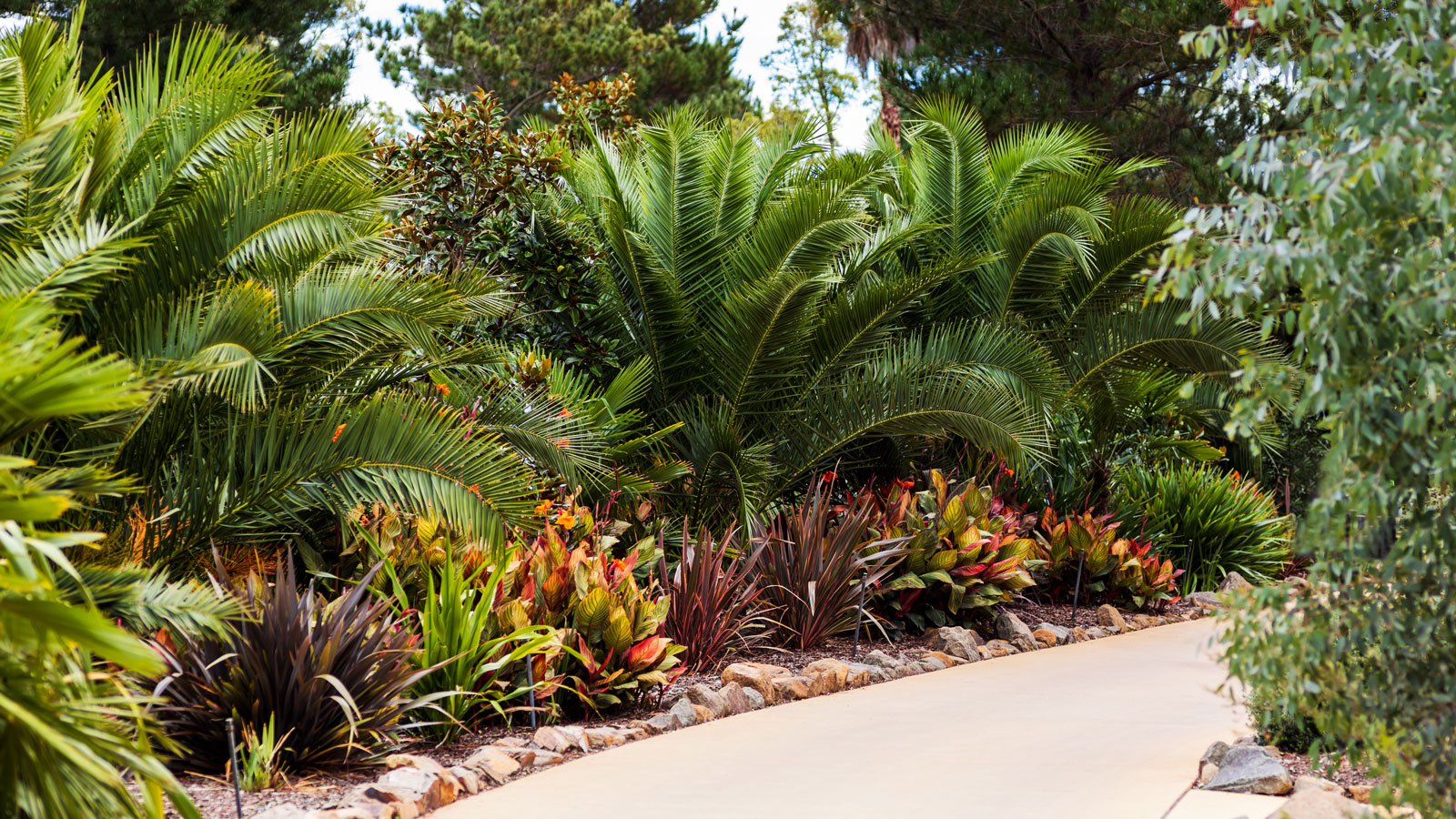

The decision to plant a palm tree is easy; the tropical allure and impressive silhouette of a palm can really add something striking to a landscape. But the harder decision is to choose among the many palm tree varieties.
If you’re feeling adventurous and are interested in palm tree planting, there are hundreds if not thousands of different types of palms, ranging from miniature to massive. You’ll need to evaluate your climate and the backyard site to determine which palm might be best. Here, I’ve rounded up the most popular types of palm trees that can be grown with great success in home landscapes.
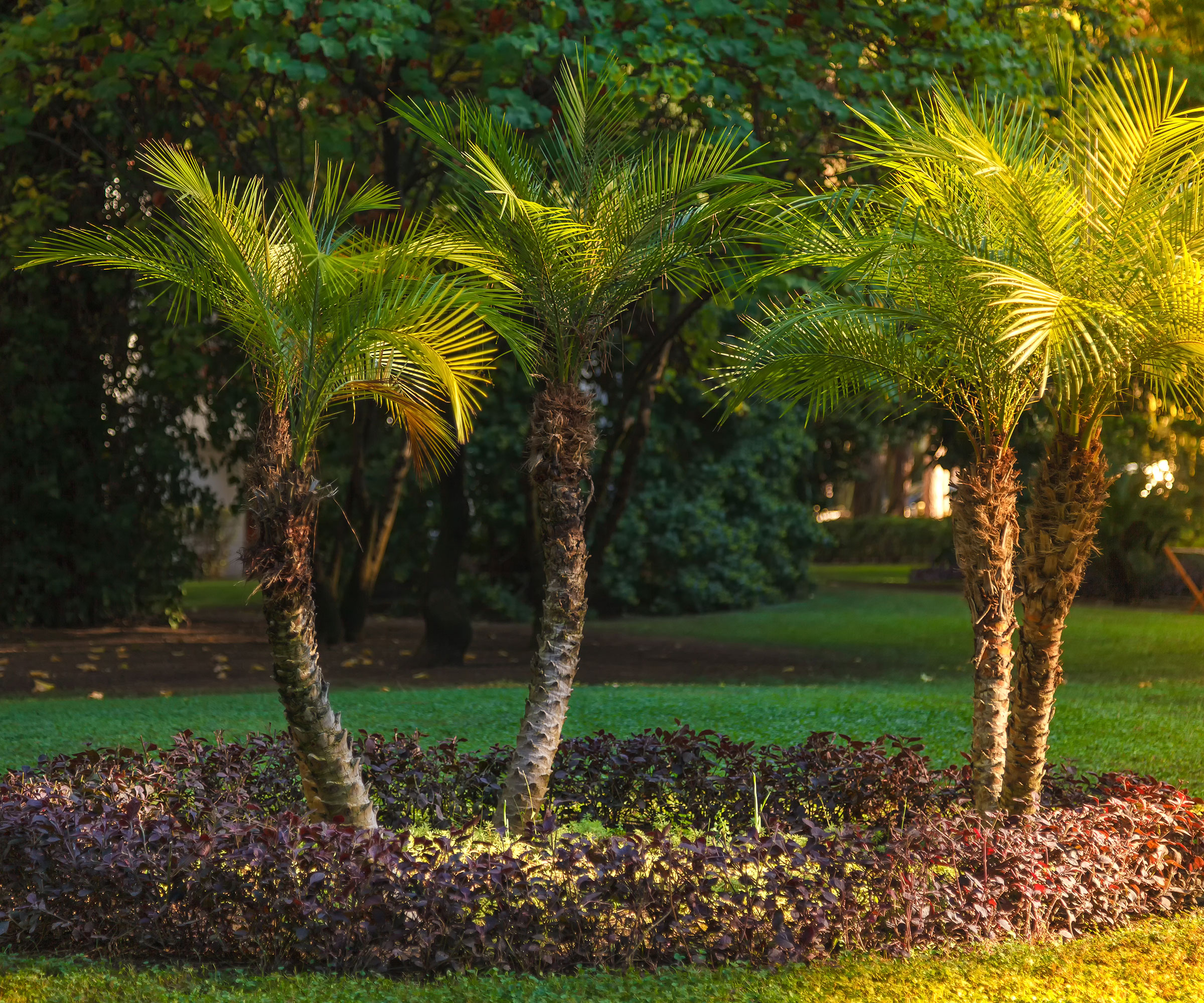
Basics for Selecting a Palm Tree
There really are no hard and fast rules in gardening; I personally tend to learn by doing, but this can be costly and emotionally draining, as you watch your new plant rot from too-wet soil, dry up in the sun, or balloon out of all proportion to overwhelm your garden.
You may want a towering specimen, when the reality is that a low-growing palm tree might be better for your needs. So think of these as helpful suggestions instead of rules. If I were planting my first palm tree, these are the factors I would consider before heading to the garden store:
- Know Your Climate and Hardiness Zone:
While it’s a myth that palms only thrive in a hot, dry climate, it’s a fact that each type of plant has its own temperature and sun requirements. Your hardiness zone is useful, since plants you buy will likely bear a label telling you the hardiness zones in which the plant will thrive. Hardiness zones are based on the average minimum winter temperatures. It’s also helpful to know how much rain your area gets, whether the area is windy or not, and the humidity levels. - Know the Size of Your Yard or Garden:
Scope out the site in which you plan to plant your new palm. Look up – how tall could the palm get without hitting structures or utility cords? Check all the sides: how wide could the palm grow without trespassing on the space of another plant, your house, or some other structure? - Know Sun Availability and Soil Type:
One thing that a lot of different varieties of palm tree have in common is that they like plenty of sun. Check how many hours a day a palm would get in your chosen location. Is it likely to become more shaded over time? Are there trees that might encroach on the space? Also, what is the soil like? Palms generally need well-draining soil, and many prefer soil that is slightly acidic.
Try These 11 Common Palm Tree Varieties
The different varieties of palm tree will make your head spin, ranging from towering monoliths to more compact trees that can be grown in groups. Here are 11 varieties of palm trees for home landscapes.
1. Date Palm
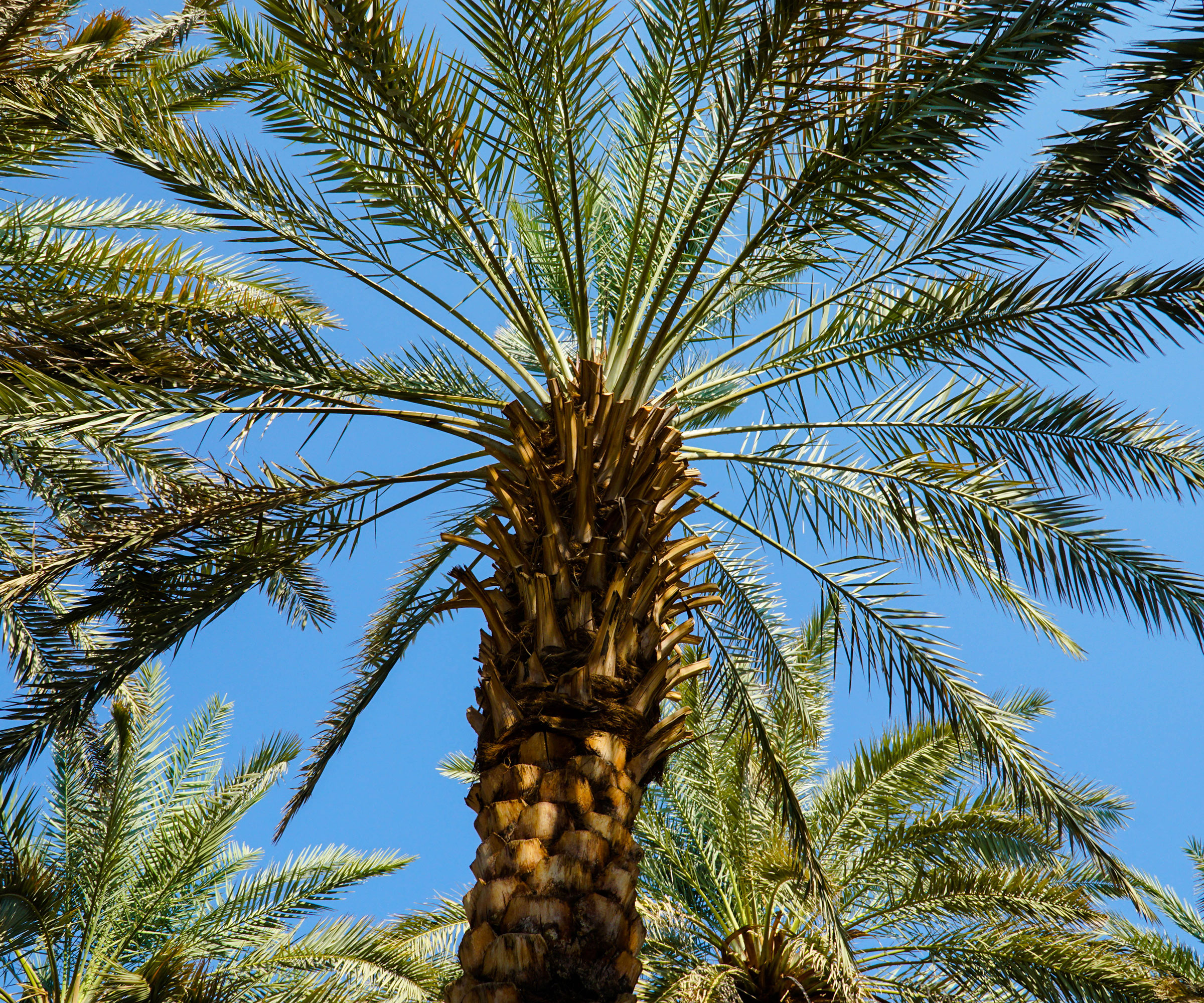
For anyone interested in growing a palm with the promise of sweet dates, the date palm (Phoenix dactylifera) is a magnificent specimen. It needs full sun and will flourish in USDA zones 9-11. Just bear in mind that it needs plenty of space, as it is capable of reaching 80 feet (24m) tall.
2. Robellini Palm
Also called the pygmy date palm, the Robellini palm (Phoenix roebelenii) is one of the most compact palms you can grow. Happy in ful sun or partial shade, it is hardy in USDA zones 10-11. Maturing only to between six and 12 feet (1.8-3.6m), it adds a touch of elegance to patios and grows well in a container.
Gardening tips, videos, info and more delivered right to your inbox!
Sign up for the Gardening Know How newsletter today and receive a free copy of our e-book "How to Grow Delicious Tomatoes".
3. California Fan Palm
The desert fan palm or California fan palm (Washingtonia filifera) is an iconic native tree. It is capable of growing as tall as 80 feet (24m) tall, although it grows slowly. Ideal for gardens in USDA zones 8-11, it prefers full sun or partial shade. Regular pruning is needed to keep this tree looking its best.
4. Windmill Palm Tree
Also known as the Chinese windmill palm, the windmill palm tree (Trachycarpus fortunei) is one of the toughest trees you can try. Suitable for USDA zones 8-10, it benefits from being both cold hardy and drought tolerant. Capable of growing as tall as 25 feet (8m), this palm loves partial shade and has distinctive fan-shaped fronds.
5. Cabbage Palm
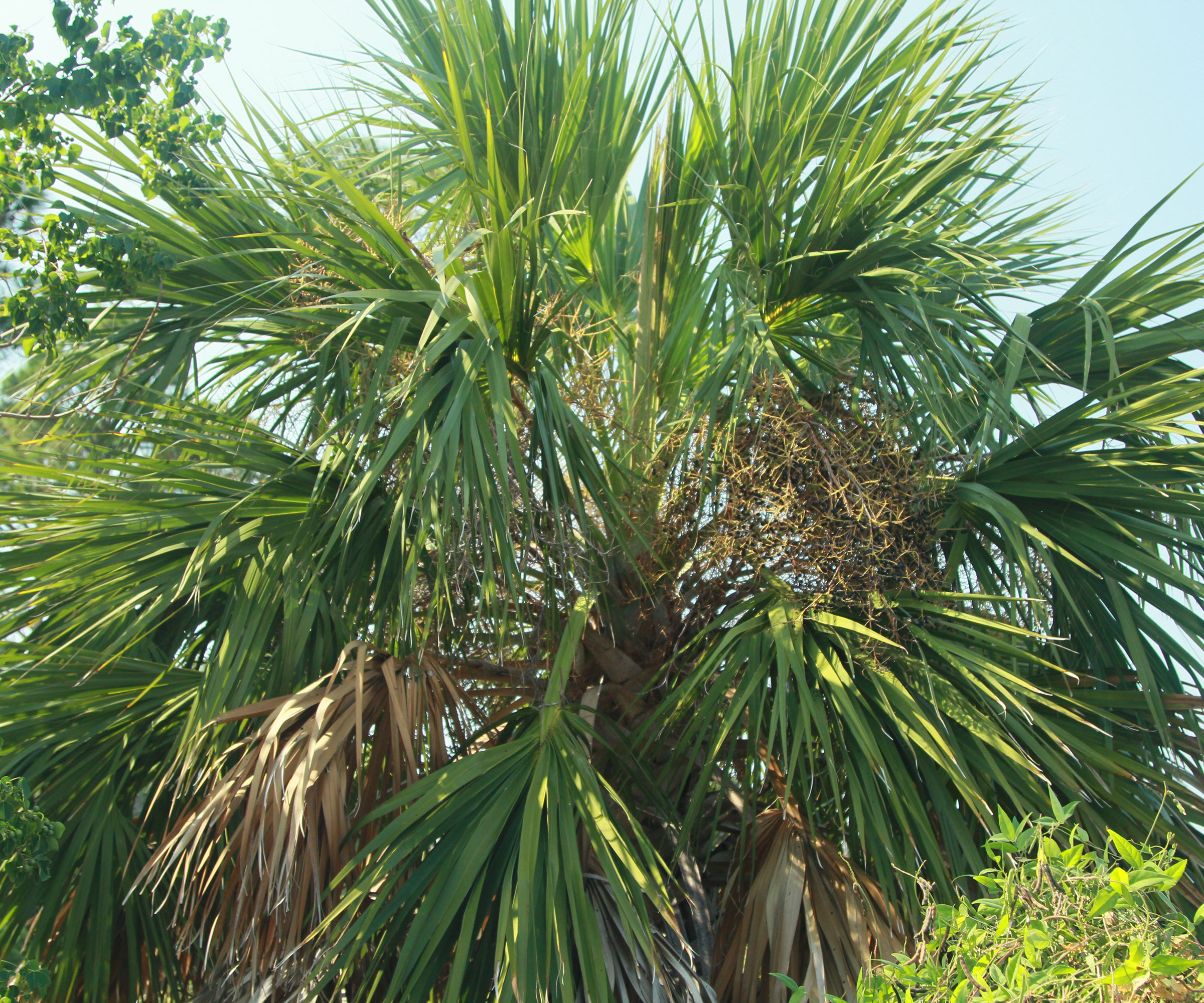
The sabal or cabbage palm (Sabal palmetto) is the state tree of Florida and South Carolina. Happy growing in full sun and hardy in USDA zones 11-12, their moniker comes from the cabbage taste of their immature leaves. With the potential to reach 30 feet (10m) tall, they also have impressive salt and wind resistance.
6. Parlor Palm
One of the most popular houseplants you can grow, the neanthe bella palm or parlor palm (Chamaedorea elegans) is also one of the smallest palm trees in this selection. It is capable of reaching 16 feet (5m) high if grown outdoors, but just half that if kept indoors. The parlor palm is a shade-loving palm that is happy in USDA zones 10-11.
7. Saw Palmetto
Another of the palm tree varieties that can tolerate salt, wind and drought, the slow-growing saw palmetto (Serenoa repens) creates striking fan-shaped fronds. Rising to as high as 15 feet (4.5m), this clump-forming palm flourishes in partial shade as well as full sunshine and does well in USDA zones 8-10.
8. Lady Palm
If you are after a palm for a partially shady spot, this is another fine choice. The lady palm (Rhapis excelsa) presents with lush, wide blades, creating a pleasant layered effect that works well in hedges and borders. Hardy to USDA zones 9-11, this palm tree can reach 15 feet (4.5m) outside and enjoys moist soil conditions.
9. Majesty Palm
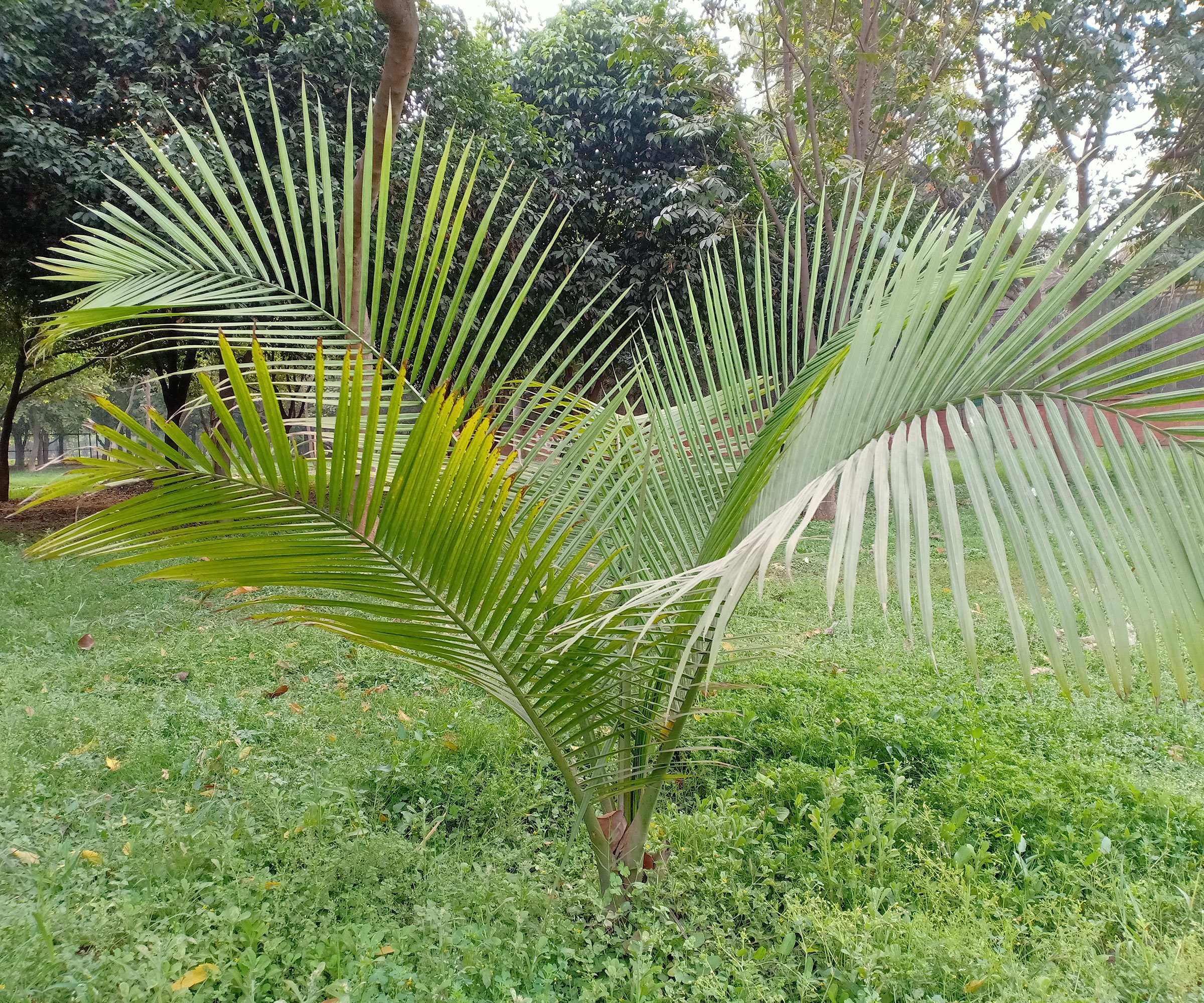
Combining effortless elegance with a robust physicality, the majesty palm (Ravenea rivularis) certainly grabs attention with its graceful arching fronds. Majesty palm care is most common indoors as a houseplant (where it can reach 10 feet/3m), but outdoors it is capable of growing as tall as 100 feet (30m). Grow in partial shade in USDA zones 10-11.
10. Jelly Palm
Known also as the Pindo palm, the jelly palm (Butia capitata) is a small and slow-growing palm tree with a distinctive stout trunk and feathery fronds. Happy in full sun or partial shade, the hardy Pindo works well in drought-tolerant landscaping. Hardy to USDA zones 8-10, fully mature trees can reach 20 feet (6m) tall.
11. Queen Palm
One of the more fast-growing palm tree varieties in this selection, the queen palm (Syagrus romanzoffiana) has a charmingly airy quality with its canopy of feathery-looking fronds. Sun-loving and glossy, this palm tree thrives in USDA zones 9-11 and can reach 60 feet (18m) at full maturity.

Teo Spengler is a master gardener and a docent at the San Francisco Botanical Garden, where she hosts public tours. She has studied horticulture and written about nature, trees, plants, and gardening for more than two decades. Her extended family includes some 30 houseplants and hundreds of outdoor plants, including 250 trees, which are her main passion. Spengler currently splits her life between San Francisco and the French Basque Country, though she was raised in Alaska, giving her experience of gardening in a range of climates.
-
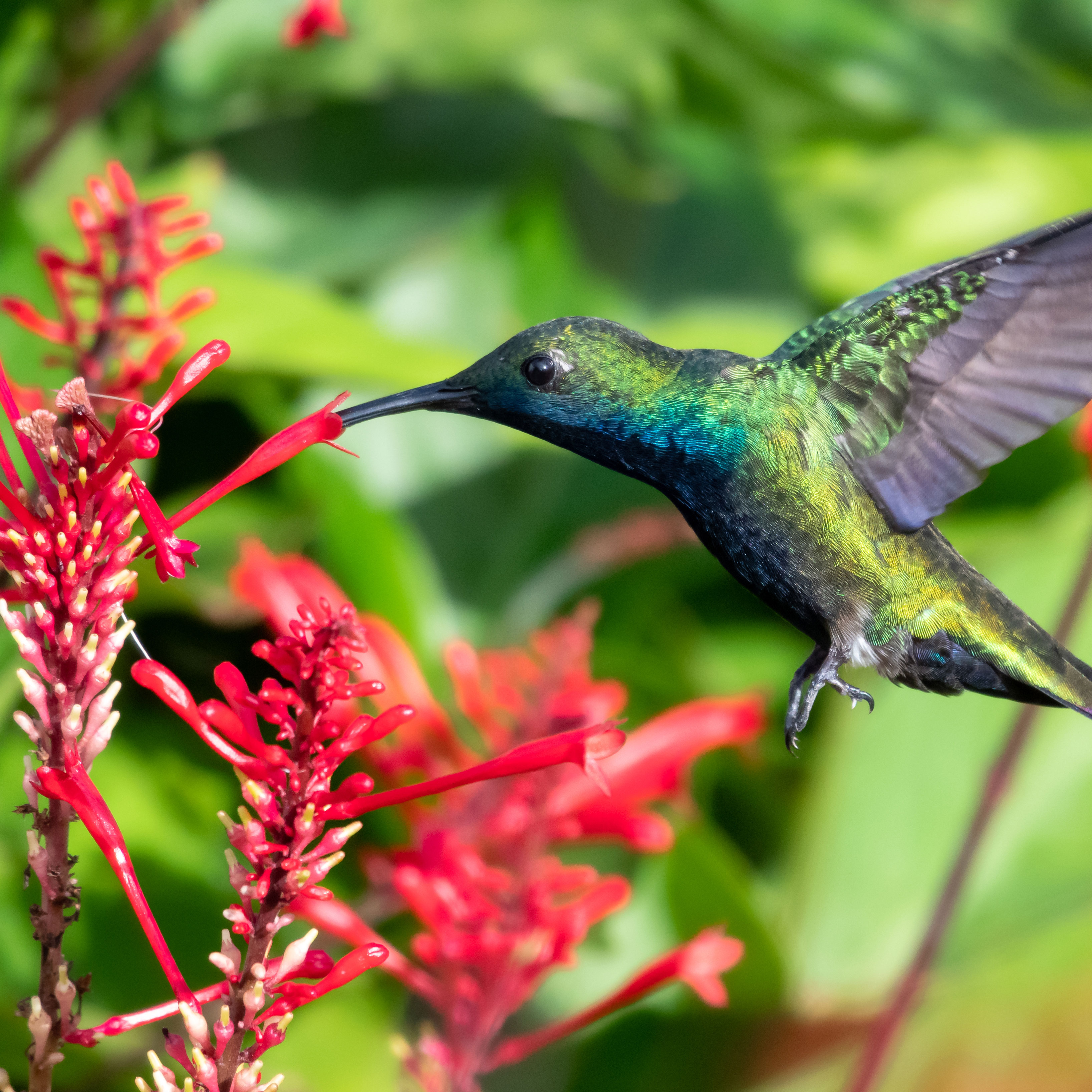 Terrifically Tubular Flowers For Hummingbirds: 9 Tube-Flowered Plants To Attract Hummers
Terrifically Tubular Flowers For Hummingbirds: 9 Tube-Flowered Plants To Attract HummersGrowing tubular flowers for hummingbirds helps you create the optimum feeding conditions for your winged friends. Here are nine tubed delights for hummers
By Tonya Barnett
-
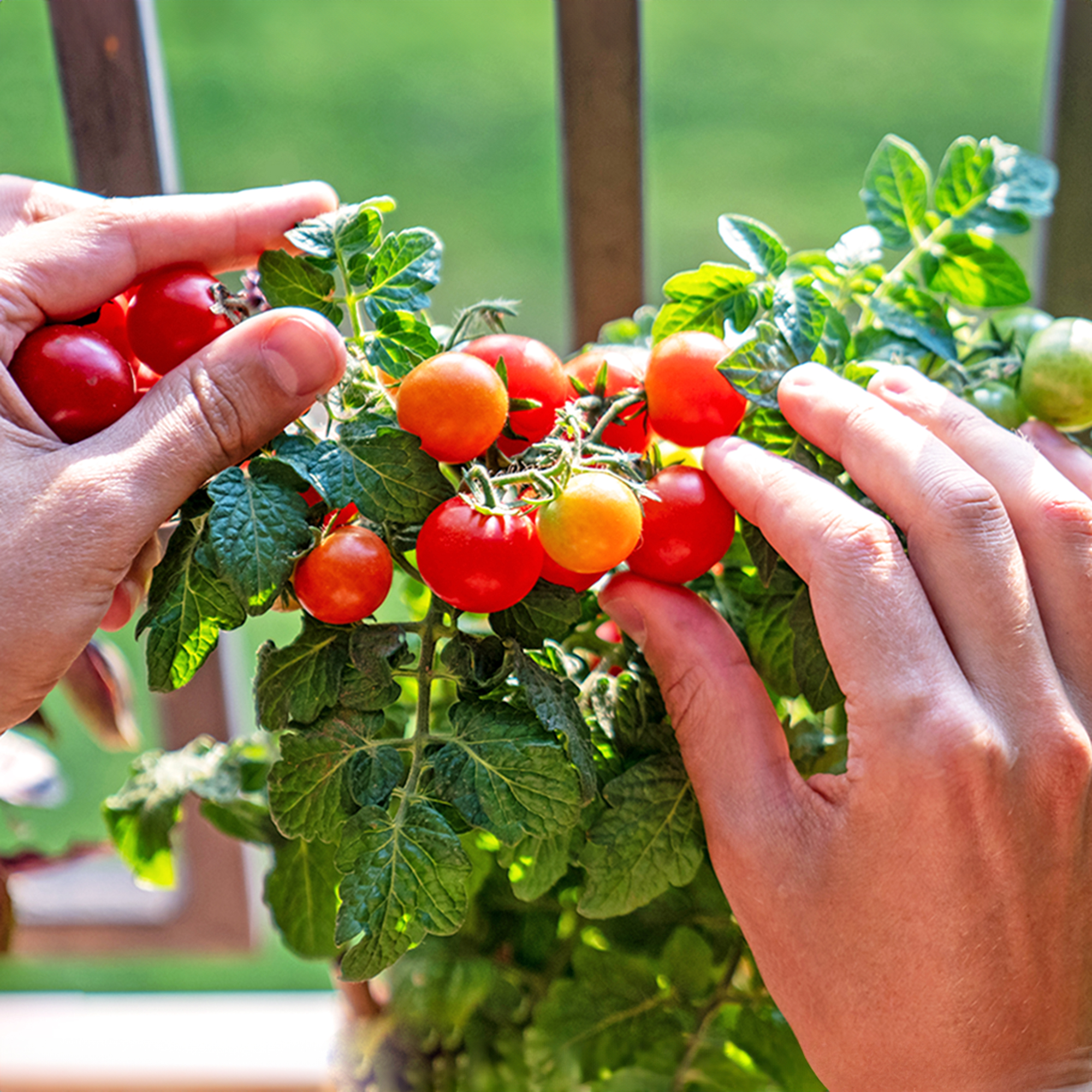 How To Grow Hydroponic Tomatoes For Fresh Indoor Harvests – No Soil Required
How To Grow Hydroponic Tomatoes For Fresh Indoor Harvests – No Soil RequiredLearning how to grow tomatoes in water is easy and allows you to harvest fresh-home-grown produce in every season without any mess.
By Ellen Wells
-
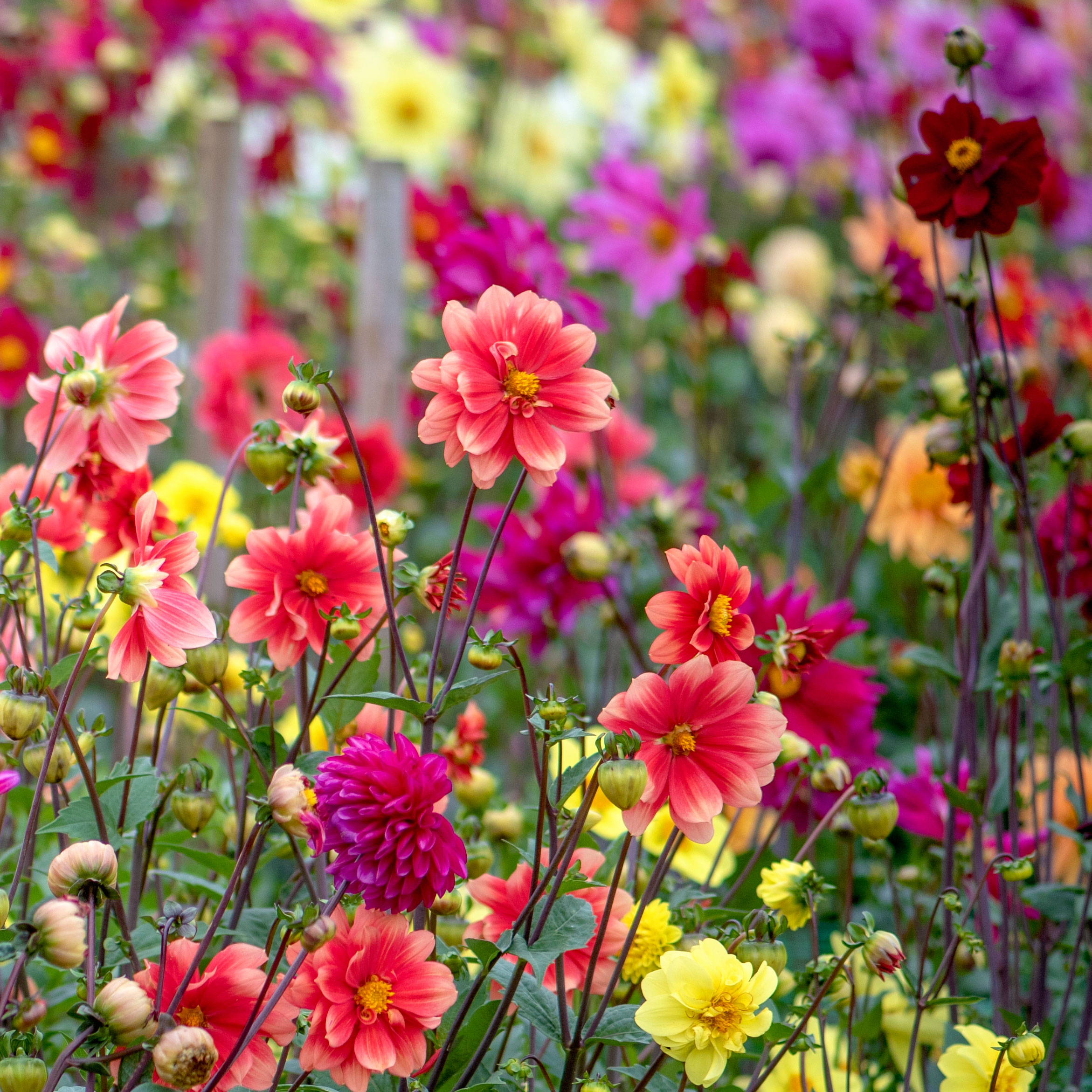 Cut Flower Garden For Beginners: 8 Easy Decorative Floral Plants For Newbies To Grow
Cut Flower Garden For Beginners: 8 Easy Decorative Floral Plants For Newbies To GrowAre you new to growing decorative florals for bouquets and ornamental displays? A cut flower garden for beginners is well within reach if you grow these flower seeds
By Tonya Barnett
-
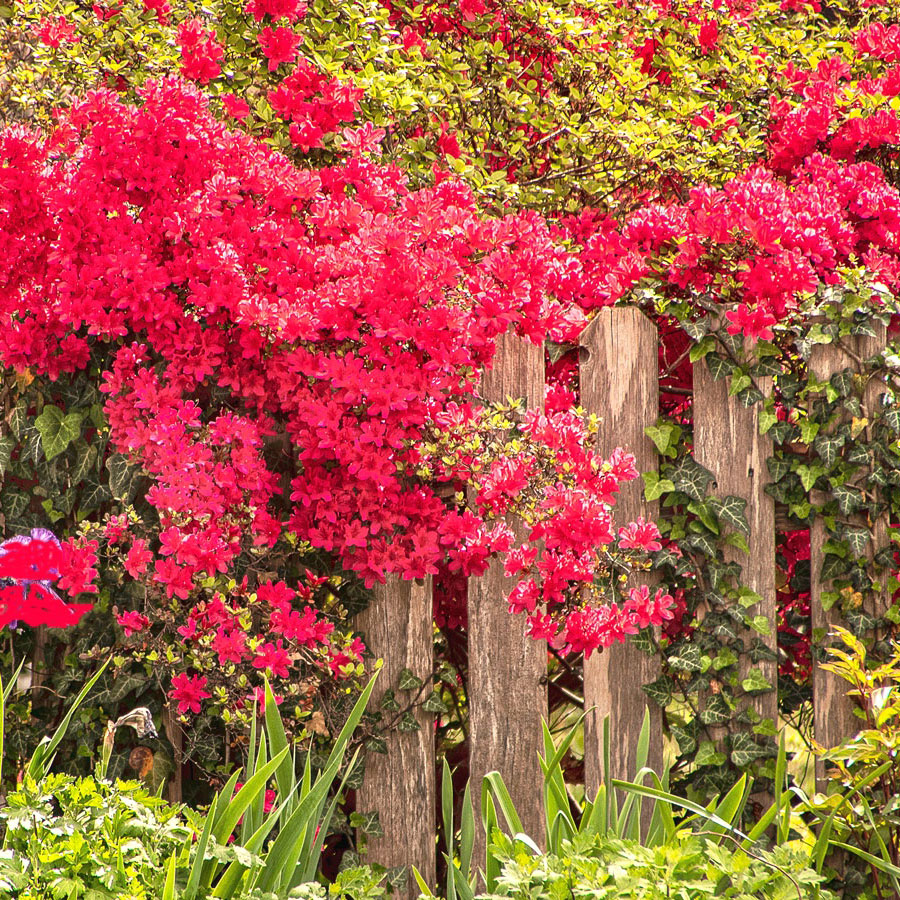 Spectacular Early Blooming Shrubs: 6 Sparkling Spring Flowering Bushes
Spectacular Early Blooming Shrubs: 6 Sparkling Spring Flowering BushesWant to kickstart your gardening year with dazzling spring flowering bushes for beds and borders? These unique early bloomers are sure to help you rise and shine!
By Teo Spengler
-
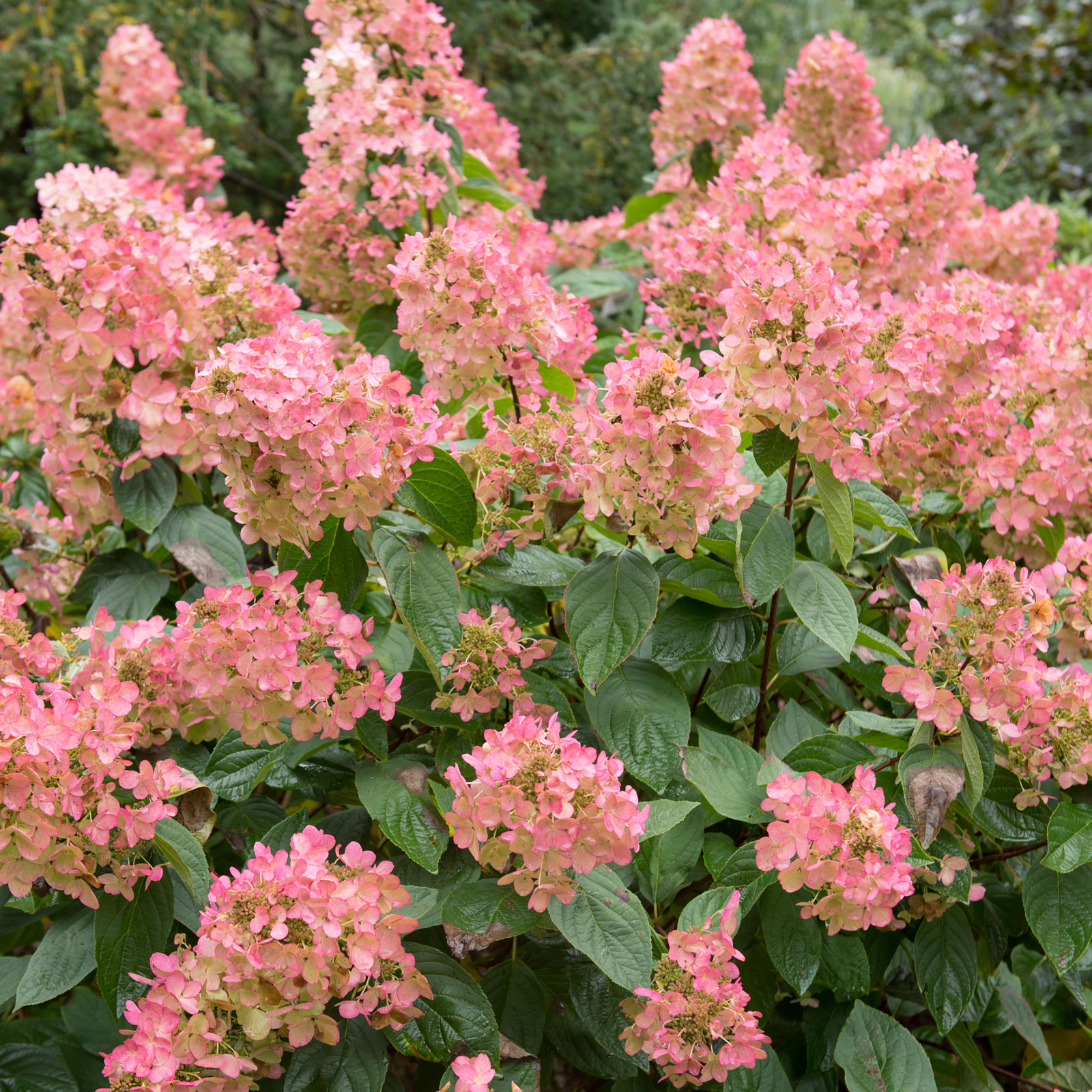 Quick Fire Hydrangea – The Elegant, Easy-Care Shrub Every Gardener Needs In Their Landscape
Quick Fire Hydrangea – The Elegant, Easy-Care Shrub Every Gardener Needs In Their LandscapeIf you’re after an early flowering panicle hydrangea that offers plenty of floral variety, the Quick Fire hydrangea goes big on visual dynamics from early summer to fall
By Tonya Barnett
-
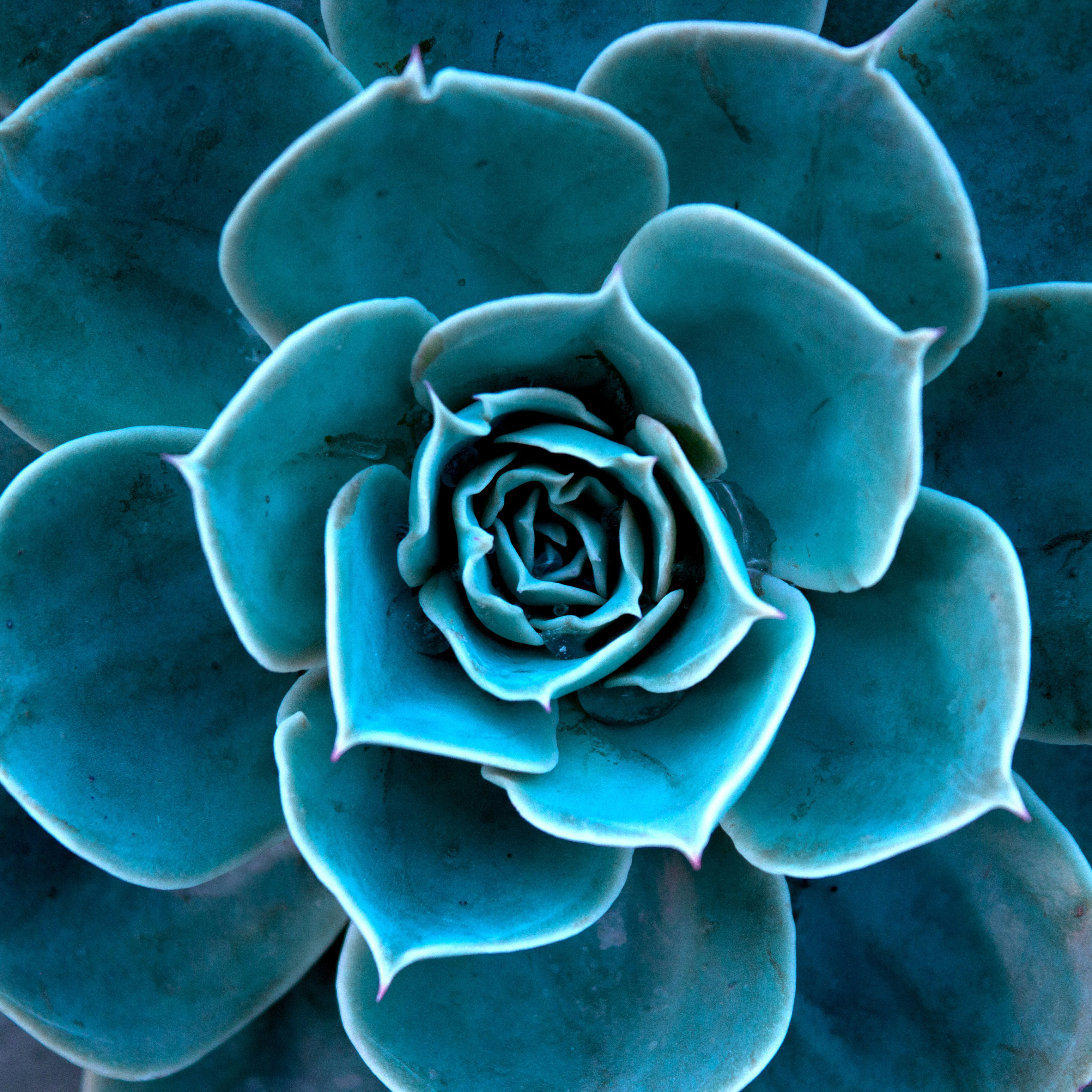 Time For Teal: 7 Terrific Teal Plants To Grow In Your Home Garden
Time For Teal: 7 Terrific Teal Plants To Grow In Your Home GardenIt’s an emerging color with a devoted following in fashion and interiors, but can you enjoy blue-greens in your garden? We round up the best teal plants you can grow
By Tonya Barnett
-
 Grow Great Blue Lobelia: Native Blue Cardinal Flowers For Butterflies And Hummingbirds
Grow Great Blue Lobelia: Native Blue Cardinal Flowers For Butterflies And HummingbirdsIf you’re keen to enhance your native plants or attract more pollinators, blue cardinal flowers are an essential flowering perennial. Here’s how to grow great blue lobelia
By Tonya Barnett
-
 Grow Limelight Hydrangea Shrubs For Green Themed Displays And Brilliant Borders
Grow Limelight Hydrangea Shrubs For Green Themed Displays And Brilliant BordersIf you're a panicle hydrangea lover in search of flamboyant, long-lasting florals, knowing how to grow Limelight hydrangea shrubs will ensure gorgeous green blooms
By Mary Ellen Ellis
-
 Warm Up Your Winter With Indoor Reds! 8 Red Amaryllis Varieties For Sizzling Seasonal Interest
Warm Up Your Winter With Indoor Reds! 8 Red Amaryllis Varieties For Sizzling Seasonal InterestWell loved as a bold decorative holiday bloomer, the red amaryllis is a hot favorite for winter displays. These red amaryllis varieties are guaranteed to fire up the season
By Tonya Barnett
-
 Poinsettia Pinks: 7 Pink Poinsettias To Grow For Neon Hot Tones And Cool Pretty Pastels
Poinsettia Pinks: 7 Pink Poinsettias To Grow For Neon Hot Tones And Cool Pretty PastelsWhile the traditional red poinsettia is a staple of many homes over the holiday period, they are not your only option. For cheerful brights or pastels, why not grow pink poinsettias?
By Tonya Barnett